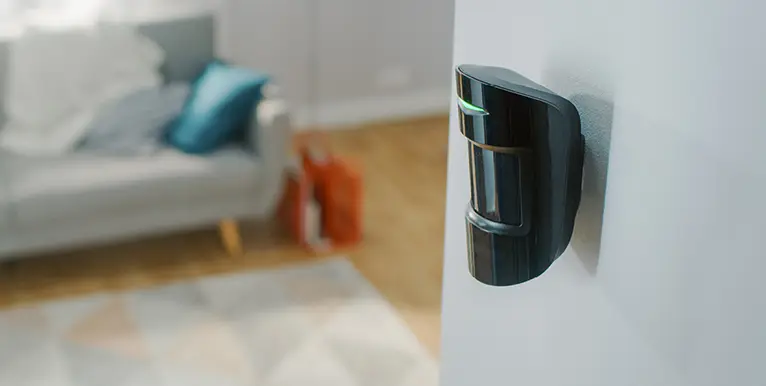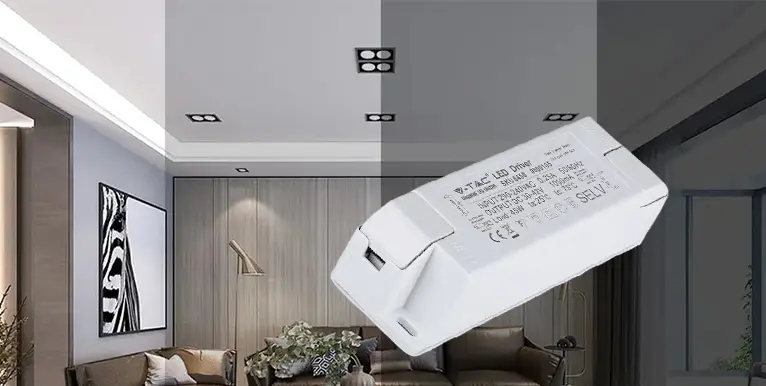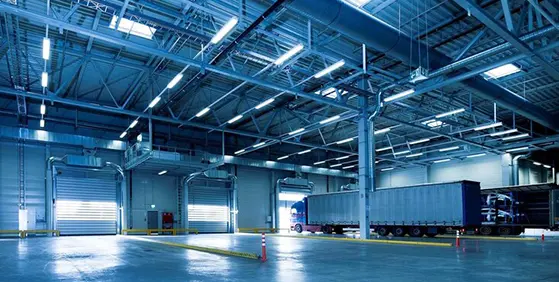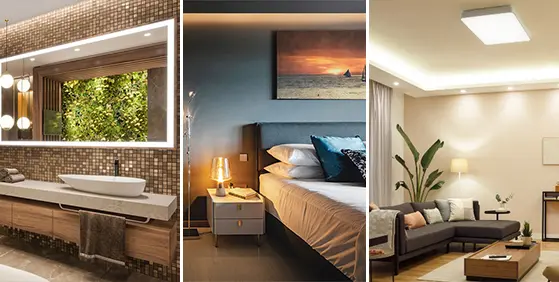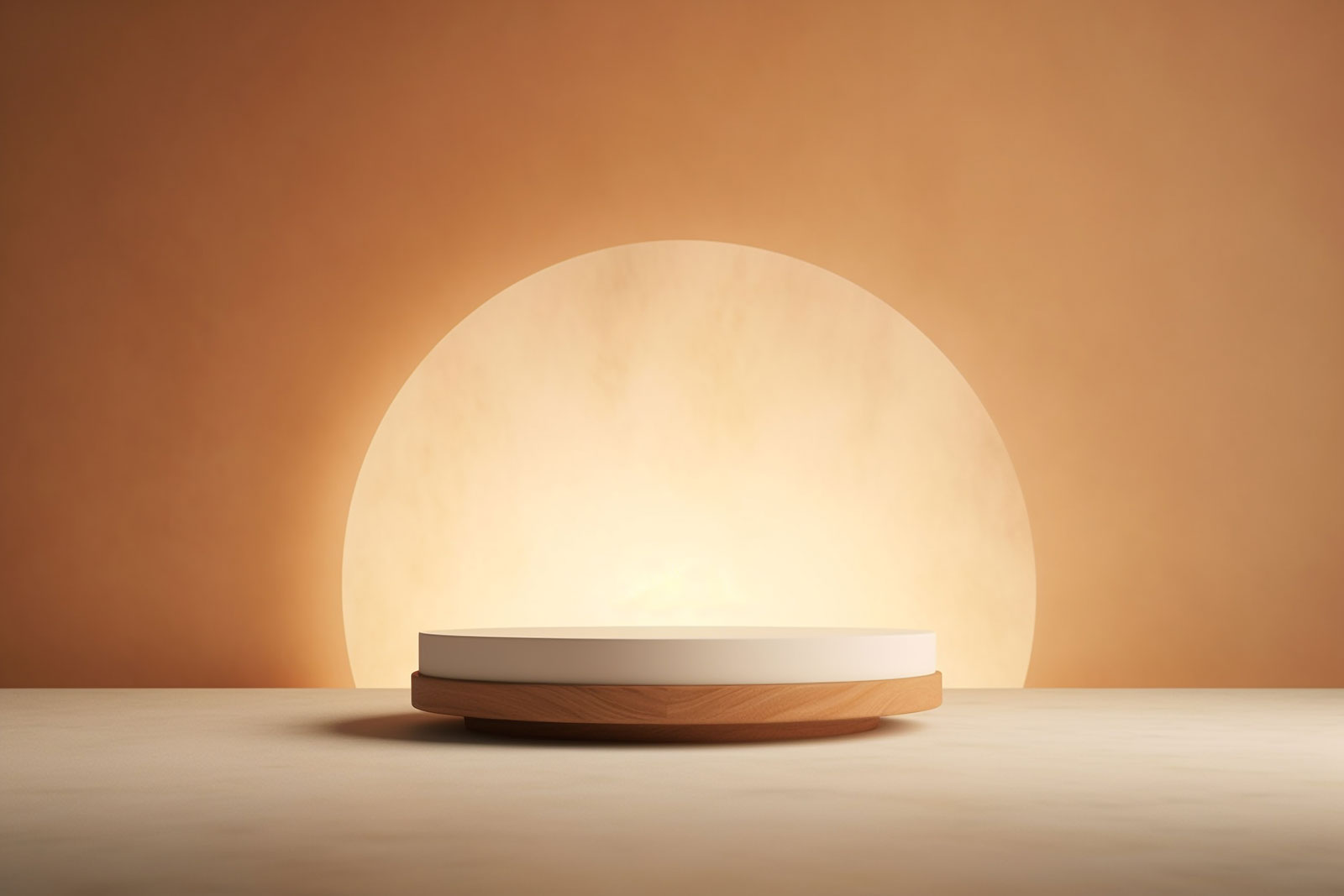Are you an architect, interior designer or electrical contractor looking to understand and make the most of LED automation systems? Smart lighting systems will give your designed space an aura of elegance and function as you work with creating the most beautiful, yet functional interior space when coming up with an LED lighting solution.
Understanding Lighting Control Systems
Understanding lighting control systems is essential for professionals in the industry to fully harness the capabilities of LED automation. These systems provide a range of features and functionality that can greatly enhance the efficiency and flexibility of lighting solutions.
At their core, lighting control systems allow users to manage and control various aspects of the lighting environment, such as brightness, colour temperature, and even dynamic lighting effects. They enable precise control over individual lights or groups of lights, providing the ability to create specific moods or scenes within a space.
Additionally, lighting control systems offer the convenience of automation, allowing lights to be scheduled, triggered by sensors, or integrated with other smart home or building automation systems. This not only improves energy efficiency but also enhances user experience and comfort.
Here are some of the smart technologies that are available to enhance LED automation:
- Smart Switches: Smart switches can sync with your smart home automation and still give you the necessary control when you are walking in and out of a room.
- Smart Lights: There are various types of LED smart lights that can help automate the lighting of your space.
- Appliances and Decorative Lights: Some decorative lights, such as our LED stool, add a touch of glamour and function to your smartly lit space. Appliances also will give your home an added functional edge.
Benefits of Automated Lighting Controls in LED Solutions
Automated lighting controls can greatly enhance both functionality and efficiency. These systems provide the convenience of automation, allowing lights to be scheduled or triggered by sensors. This means that lights can turn on or off automatically based on occupancy, time of day, or other factors, improving energy efficiency and reducing costs.
Automated lighting controls offer the ability to create specific moods or scenes within a space. Whether it’s a warm and cosy ambience for a living room or a bright and vibrant atmosphere for a retail store, these controls allow precise control over brightness and colour temperature to achieve the desired effect.
Additionally, automated lighting controls can be integrated with other smart home or building automation systems, allowing for a seamless and cohesive user experience. For example, lights can be synchronised with other smart devices such as thermostats or security systems to enhance overall comfort and convenience.
Integrating Lighting Control Systems into Architectural Designs
When it comes to integrating lighting control systems into architectural designs, there are a few key considerations to keep in mind. Firstly, it’s important to work closely with the architect to ensure that the system is seamlessly incorporated into the overall design and layout of the space. This includes strategically placing lighting fixtures and controls to maximise both functionality and aesthetics.
Additionally, communication and collaboration with electrical contractors are essential. They can provide valuable insights and expertise on the technical aspects of installing and configuring the lighting control system. Working together, the architect, interior designer, and electrical contractor can ensure that the system is integrated smoothly and efficiently.
Furthermore, it’s crucial to consider the needs and preferences of the end-users. By understanding their requirements and desired lighting effects, professionals can design a lighting control system that meets their unique needs. This may involve creating custom lighting scenes or implementing features such as occupancy sensors or daylight harvesting to optimise energy efficiency.
How Interior Designers Can Utilise Lighting Control Systems for Functionality and Aesthetics
Utilising lighting control systems can enhance both functionality and aesthetics within a space. By harnessing the capabilities of these systems, designers can create dynamic and personalised lighting solutions that perfectly complement their designs.
To start, interior designers can utilise lighting control systems to set the desired mood and atmosphere in a space. By adjusting the brightness and colour temperature of the lights, designers can create a warm and inviting ambiance or a bright and energetic environment. This not only enhances the aesthetic appeal of the space but also provides the functionality required for different activities and occasions.
In addition, lighting control systems allow for flexibility and adaptability in design. Designers can create custom lighting scenes for different areas within a space, such as accentuating specific architectural features or highlighting artwork. By strategically placing lighting fixtures and controls, designers can enhance the overall visual impact and flow of the space.
Furthermore, interior designers can utilise lighting control systems to maximise energy efficiency. By integrating sensors and timers, lights can automatically turn on or off based on occupancy or time of day. This reduces energy consumption and lowers costs, while still providing the necessary lighting for optimal functionality.
Choosing the Right Lighting Control System for Your LED Solution
When it comes to choosing the right lighting control system for your LED solution, there are a few important factors to consider. Think about the specific needs and requirements of your project. Are you looking for a system that allows for easy integration with other smart home or building automation systems? Or do you need a system that offers advanced scheduling and sensor capabilities? Understanding your project’s unique needs will help you narrow down the options.
Consider the scalability and expandability of the lighting control system. Will it be able to accommodate future growth or changes in the lighting design? It’s important to choose a system that can easily adapt to your evolving needs. Additionally, evaluate the user interface and ease of use. Look for a system that offers intuitive controls and a user-friendly interface, as this will make it easier for you and your clients to manage and adjust the lighting settings.
Finally, consider the compatibility of the lighting control system with your existing LED fixtures and components. Ensure that the system is compatible with the specific LED technology you are using, as this will ensure seamless integration and optimal performance.
By carefully considering these factors and selecting the right lighting control system for your LED solution, you can create a lighting design that is not only efficient and functional but also enhances the overall aesthetic appeal of the space.
Work With Smart Lighting Industries For Your LED Automation Needs
No matter the need, Smart Lighting Industries can help you find the right technology for your LED lighting automation. Whether you need a controller or smart lights, these technologies can be incorporated into your home. Shop today to view our wide array of products.



